What’s Up?
After my morning session at Gatorland I drove home, stopped at Publix, and enjoyed a nice late afternoon swim. Then I optimized one of today’s featured images. See more below.
Please take a moment to go back to yesterday’s blog post here and take a crack at a few of the questions. The more folks who comment the more everyone learns. Including me.
Gear Questions and Advice
Too many folks attending BAA IPTs and dozens of folks whom I see in the field, and on BPN, are–out of ignorance–using the wrong gear, especially when it comes to tripods and more especially, tripod heads… Please know that I am always glad to answer your gear questions via e-mail.
The Streak: 11!
Today’s blog post marks a totally insane, irrational, illogical, preposterous, absurd, completely ridiculous, unfathomable, silly, incomprehensible, what’s wrong with this guy?, makes-no-sense, 11 days in a row with a new educational blog post. As always–and folks have been doing a really great for a long time now–please remember to use our B&H links for your major gear purchases. For best results use one of our many product-specific links; after clicking on one of those you can continue shopping with all subsequent purchases invisibly tracked to BAA. Your doing so is always greatly appreciated. Please remember: web orders only. And please remember also that if you are shopping for items that we carry in the BAA Online Store (as noted in red at the close of this post below) we would of course appreciate your business.
Gatorland In-the Field Instructional Meet-Up
Join me in Kissimmee, FL this coming weekend to photograph Great (with chicks in the nest) and Snowy Egrets in breeding plumage, Cattle Egret and Tricolored Heron in breeding plumage, Wood Stork, American Alligator (captive), and more. We should get to make lots of head portraits of all the bird species and to photograph them building nests, displaying, copulating, and flying. Learn to see, find, and make the shot in cluttered settings. Learn exposure and how to handle WHITEs. Learn fill flash and flash as main light. All of the birds are free and wild.
This Coming Weekend’s Schedule
Saturday April 1, morning (early entry): 7:30 till 10:30am: $100. Lunch and Image Review: $75. Saturday afternoon till closing (late stay): $100.
Sunday morning (early entry): 7:30 till 10am: $75.
Cheap Canon lens rental available: 600 II, 500 II, 400 DO II, 200-400.
To pay for one or more sessions in full via credit card, call Jim or Jen in the office weekdays at 863-692-0906. You will be responsible for the cost of your Gatorland Photographer’s pass or passes. Please shoot me an e-mail if you have any questions
|
|
|
This image was created at Gatorland on my busman’s holiday: March 26, 2017. I used the Induro GIT 304L/Mongoose M3.6-mounted Canon EF 600mm f/4L IS II USM lens, the Canon Extender EF 2X III, and my very favorite bird photography camera body, the Canon EOS 5D Mark IV. ISO 400. Evaluative metering +1/3 stop: 1/400 sec. at f/10 in Manual mode. AWB. Manual fill flash at 1/8 power with the Canon Speedlite 600EX-RT with a Better Beamer on the Mongoose Integrated Flash Arm via the Canon OC-E3 Off Camera Shoe Cord (2′). LensAlign/FocusTune micro-adjustment: -5. Center AF point/AI Servo/Expand/Shutter Button AF was active at the moment of exposure. The selected AF point was just below and slightly in front of the bird’s eye. Image #1: Cattle Egret, breeding plumage, horizontal head portrait |
Horizontal or Vertical From the Same Spot
After having a bunch of Cattle Egrets fly in on Saturday afternoon, I was hoping that a few would stick around to explore for nest sites. This beauty did. It posed for many minutes on the same clean perch for several photographers in early morning light. It is not often that you are at just the right focal length and just the right distance that you can create a horizontal head portrait and a vertical front-end portrait of the same bird. All that I had to go was rotate the lens in the tripod ring. Image #1 was created at 8:02:08 and Image #2 just 8 seconds later at 8:08:16. If you are have your camera properly set up with Orientation-linked AF point set to Separate AF pts: Area+pt then you will not have to switch either the AF point or the AF area selection mode. As regular readers know, I recently began using Upper Large Zone set up for verticals. In any case, it was simply a matter of recognizing the possibilities, rotating the lens in the tripod ring, acquiring focus, and making a second series of images.
Image Question
Is there conclusive proof that I moved my lens an inch or two to my left before making Image #2? If yes, what is the proof?
Your Favorite?
Which of today’s featured images is your favorite? Be sure to let us know why as each image has its strong points. Note that this bird needs to change barbers …
|
|
|
This image was also created at Gatorland on my busman’s holiday: March 26, 2017. I used the Induro GIT 304L/Mongoose M3.6-mounted Canon EF 600mm f/4L IS II USM lens, the Canon Extender EF 2X III, and my very favorite bird photography camera body, the Canon EOS 5D Mark IV. ISO 400. Evaluative metering +1/3 stop: 1/400 sec. at f/10 in Manual mode. AWB. Manual fill flash at 1/8 power with the Canon Speedlite 600EX-RT with a Better Beamer on the Mongoose Integrated Flash Arm via the Canon OC-E3 Off Camera Shoe Cord (2′). LensAlign/FocusTune micro-adjustment: -5. Upper Large Zone/AI Servo/Shutter Button AF was active at the moment of exposure. The AF system activated a line of three AF points dead-centered on the bird’s eye; you cannot ask for better than that. Image #2: Cattle Egret, breeding plumage, vertical front-end portrait |
Black Crud or No Black Crud?
During the RAW conversions in in DPP 4 I added 1/10 stop of light, moved the Shadow slider to -2 (to darken the BKGR) and moved the Highlight slider to -1 to add a bit of detail to the WHITEs.
With Image #1 I did a bit of bill clean-up. Most noticeably, I removed the two areas of black crud that you can see in Image #2. One was just above the upper mandible on the bird’s forehead, the other was at the front of the nares. To eliminate the former area of black crud, I relied for the most part on two small Quick Masks that were refined using the Warp command and a regular Layer Mask. For the latter, I used the Clone Stamp Tool and the Patch Tool to execute the Divide and Conquer technique. These turned out to be a bit easier than I had envisioned. I applied a 20% layer of my Nik Color EFEX Pro 30/30 recipe.
Image #2 on the other hand, is right out of camera: no bill clean-up, no NIK, no nothing (after the same RAW conversion used for Image #1). (Copying and pasting the recipe from one image to another in DPP 4 is a snap.)
Would you have removed the black crud or left it? Why or why not? (Be sure to enlarge each image before deciding).
|
Images and card design copyright: Arthur Morris/BIRDS AS ART. Click on the card to enjoy a spectacular larger version. |
2017 UK Puffins and Gannets IPT. Monday July 3 through Monday July 10, 2017: $5999: Limit 10 photographers — Openings: 6).
All who register will be urged to take advantage of the two day Gannet Add-on so please do not buy your flights until making your decision. See below for details.
Here are the plans: take a red eye from the east coast of the US on July 2 and arrive in Edinburgh, Scotland on the morning of Monday July 3 no later than 10am (or simply meet us then at the Edinburgh Airport–EDI, or later in the day at our cottages if you are driving your own vehicle either from the UK or from somewhere in Europe). Stay 7 nights in one of three gorgeous modern country cottages.
There are five days of planned puffin/seabird trips and one morning of gannet photography, all weather permitting of course. In three years we have yet to miss an entire day because of weather… In addition, we will enjoy several sessions of photographing nesting Black-legged Kittiwakes at eye level.
|
Images and card design copyright: Arthur Morris/BIRDS AS ART. Click on the card to enjoy a spectacular larger version. |
The Details
We will get to photograph Atlantic Puffin, Common Murre, Razorbill, Shag, and Northern Gannet; Arctic, Sandwich, and Common Terns, the former with chicks of all sizes; Black-headed, Lesser-Black-backed, and Herring Gulls, many chasing puffins with fish; Black-legged Kittiwake with chicks. We will be staying in upscale country-side lodging that are beyond lovely with large living areas and lots of open space for the informal image sharing and Photoshop sessions. The shared rooms are decent-sized, each with a private bathroom. See the limited single supplement info below.
All breakfasts, lunches and dinners are included. All 5 puffins boat lunches will need to be prepared by you in advance, taken with, and consumed at your leisure. I usually eat mine on the short boat trip from one island to the other. Also included is a restaurant lunch on the gannet boat day.
If you wish to fly home on the morning of Monday July 10 we will get you to the airport. Please, however, consider the following tentative plans: enjoy a second Gannet boat trip on the afternoon of Monday July 10 and book your hotel room in Dunbar. If all goes as planned, those who stay on for the two extra days will make a morning landing at Bass Rock, one of the world’s largest gannetries. We will get everyone to the airport on the morning of Wednesday July 12. (We may opt to stay in Edinburgh on the night of July 11.) Price and details should be finalized at least six months before the trip but you will need to be a bit patient. It would be ideal if I can get all the work done by the end of September so that folks can arrange their flights then.
|
Images and card design copyright: Arthur Morris/BIRDS AS ART. Click on the card to enjoy a spectacular larger version. Scroll down to join us in the UK in 2016. |
Deposit Info
If you are good to go sharing a room–couples of course are more than welcome–please send your non-refundable $2,000/person deposit check now to save a spot. Please be sure to check your schedule carefully before committing to the trip and see the travel insurance info below. Your balance will be due on March 29, 2017. Please make your check out to “Arthur Morris” and send it to Arthur Morris/BIRDS AS ART, PO Box 7245, Indian Lake Estates, FL, 33855. If we do not receive your check for the balance on or before the due date we will try to fill your spot from the waiting list. If your spot is filled, you will lose your deposit. If not, you can secure your spot by paying your balance.
Please shoot me an e-mail if you are good to go or if you have any questions.
Single Supplement Deposit Info
Single supplement rooms are available on a limited basis. To ensure yours, please register early. The single supplement fee is $1575. If you would like your own room, please request it when making your deposit and include payment in full for the single supplement; your single supplement deposit check should be for $3,575. As we will need to commit to renting the extra space, single supplement deposits are non-refundable so please be sure that check your schedule carefully before committing to the trip and see the travel insurance info below.


Please Remember to use my Affiliate Links and to Visit the New BAA Online Store 🙂
To show your appreciation for my continuing efforts here, we ask, as always, that you get in the habit of using my B&H affiliate links on the right side of the blog for all of your photo and electronics purchases. Please check the availability of all photographic accessories in the New BIRDS AS ART Online Store, especially the Mongoose M3.6 tripod head, Wimberley lens plates, Delkin flash cards and accessories, and LensCoat stuff.
As always, we sell only what I have used, have tested, and can depend on. We will not sell you junk. We know what you need to make creating great images easy and fun. And please remember that I am always glad to answer your gear questions via e-mail.
I would of course appreciate your using our B&H affiliate links for all of your major gear, video, and electronic purchases. For the photographic stuff mentioned in the paragraph above, and for everything else in the new store, we, meaning BAA, would of course greatly appreciate your business. Here is a huge thank you to the many who have been using our links on a regular basis and those who will be visiting the New BIRDS AS ART Online Store as well.
Be sure to like and follow BAA on Facebook by clicking on the logo link upper right. Tanks a stack.
Typos
In all blog posts and Bulletins, feel free to e-mail or to leave a comment regarding any typos or errors. Just be right :).

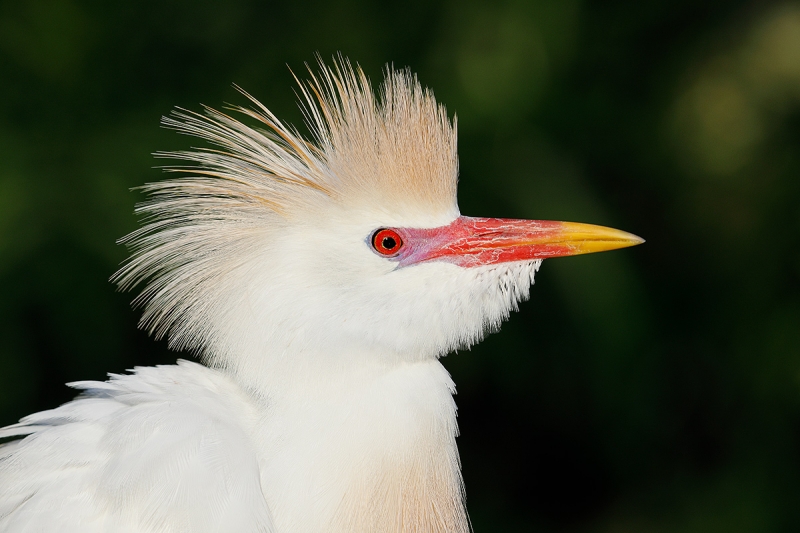
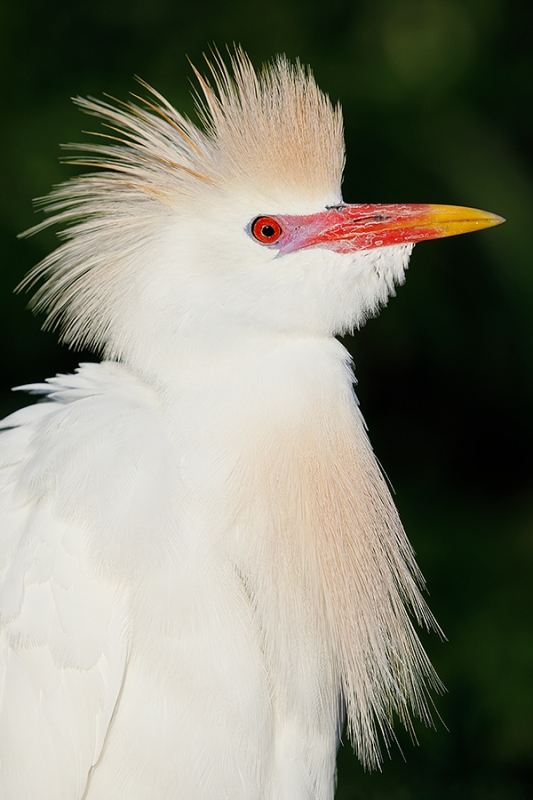
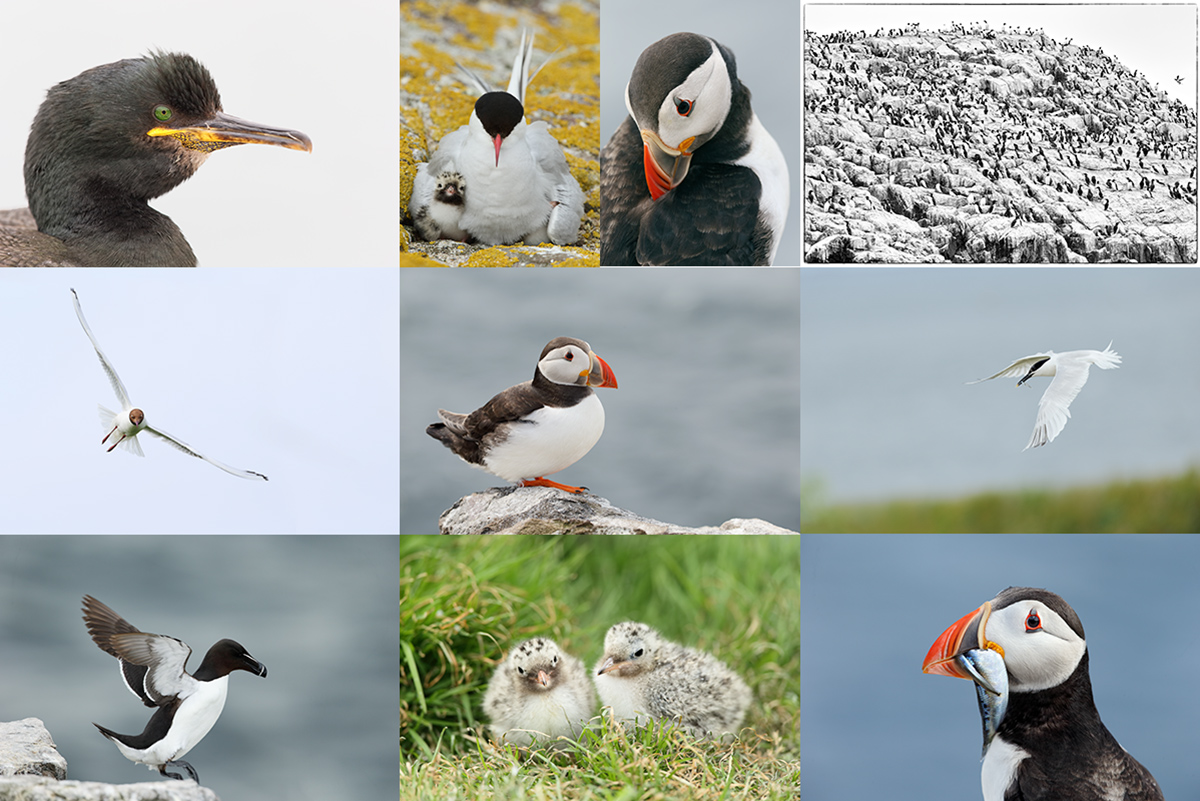
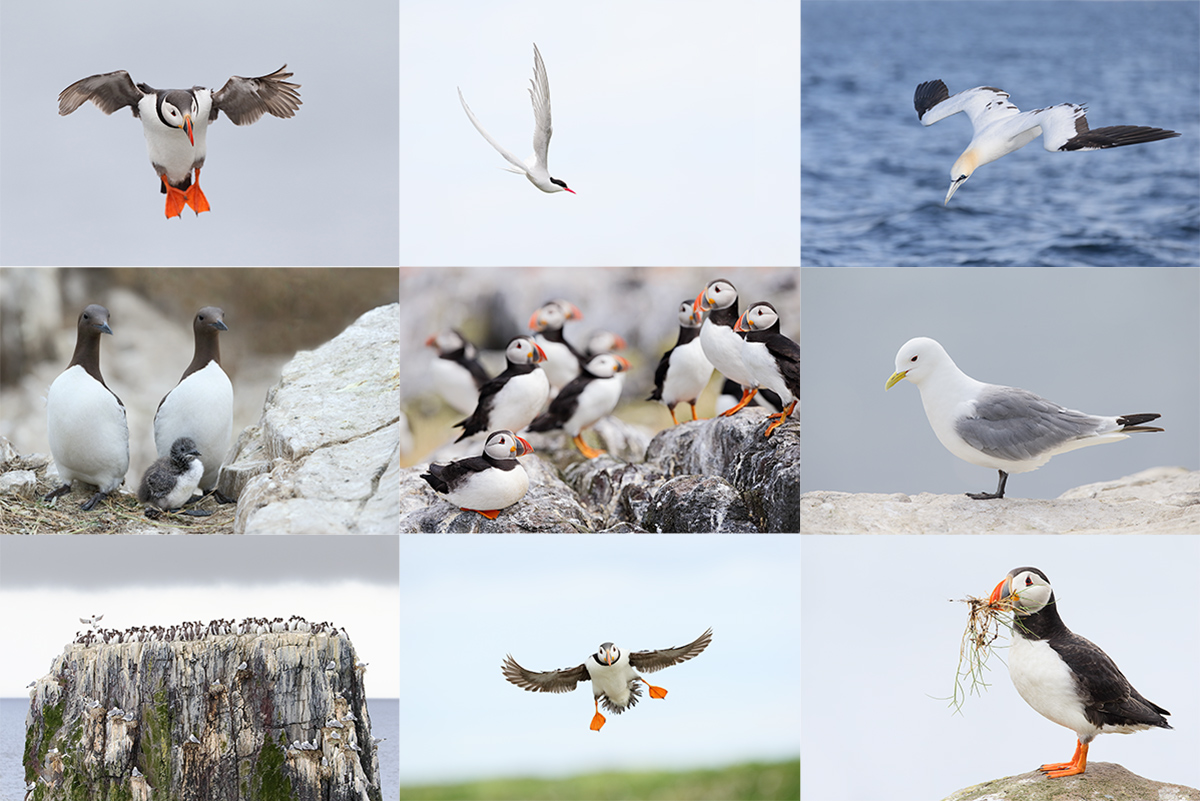
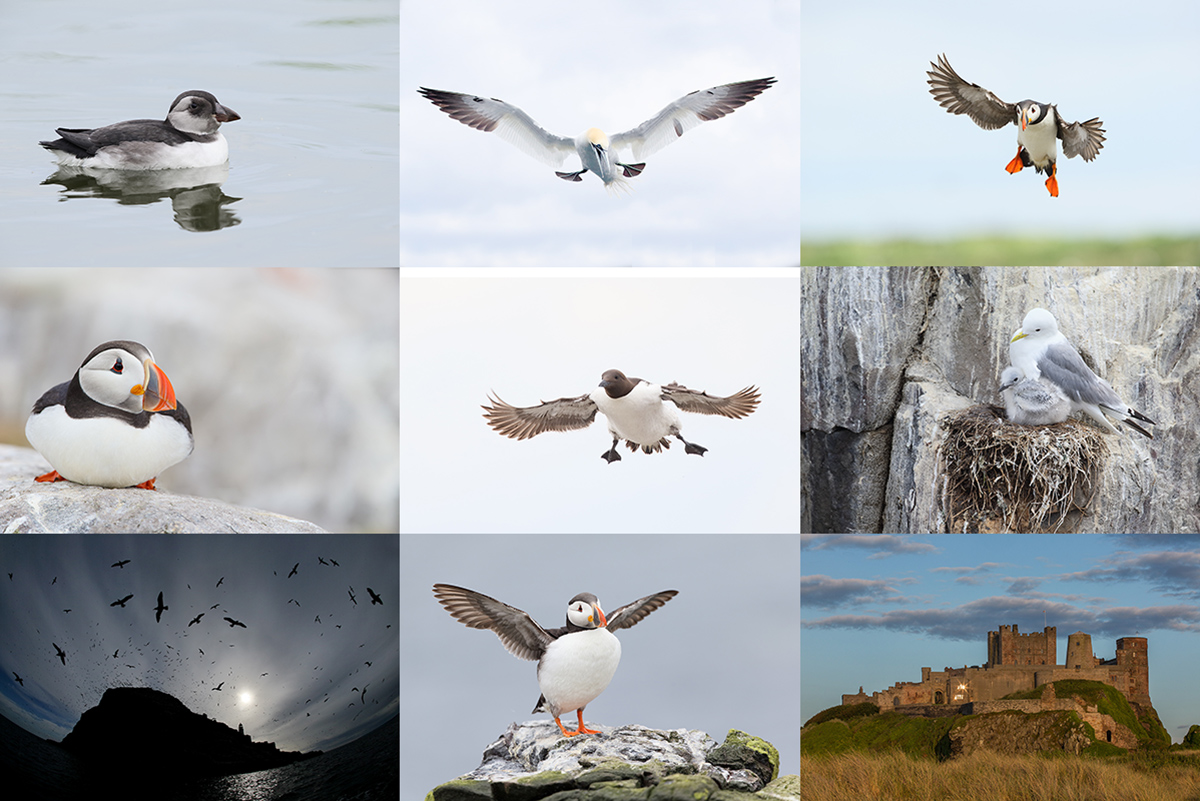













Hi Artie,
I prefer the vertical image because of the head and chest feathers.
I love these pretty chest feathers in combination with the head 🙂
Me too 🙂
a
Hey Artie,
I like the vertical image better–I really like the way the head and chest feathers balance the shot. Great seeing you on Sunday! Hope you enjoyed your swim and watching hoops! Until next time…
Raymond in SC
Ditto and ditto. 🙂
a
Hi Artie,
Both pictures are nice. The black crud I could go either way probably clean it up. But not all that distracting.As for my favorite the horizontal is better for me. The vertical is nice but too tight for composition. Where the horizontal looks better for my eye as leaves some room around the bird. If the bird wasn’t so large in the frame the vertical would look better.Thanks for the tips on Dpp.
Thanks for sharing your thoughts. I am fine with the size of the bird and the room with #2 (else I would have added some canvas which would have been easy).
later and love, artie
I like both images but would chose the second. You did move a bit to the left judging from the background shift to the left in the second image.
D
Hmmm after seeing other comments some folks are voting for a move to the right. I cropped the vertical to square and then toggled between images and it does seem like you moved to the right. the background has moved right , not left.
D
DK-Kiwi, If an object behind the bird moves to the right you had to move to the left. BUT, see my comment to Dave K. below.
later and love, artie
Hi, Artie. To answer your question about moving the lens I have to assume the bird didn’t move, and so I will. In the first image, there is a green stripe in the background that slants from upper left to lower right, and it passes directly behind the middle (yellow part) of the bird’s bill. In the second image, the stripe passes behind the tip of the bird’s bill, that is, to the right of where it was in the first image. The only way for that to happen is for you to have moved your lens to the RIGHT.
I love both images. I normally prefer H orientation, and I like the space around the bird’s head and the overall composition of image 1. In the V image, though, you get those beautiful plumes in the front of the bird’s neck and breast, which makes it just as good as image 1 for me. I can’t choose one over the other.
I believe that you are wrong on my moving to the right (if that had been the case). If an object behind the bird moves to the right you had to move to the left. BUT, see my comment to Dave K. below.
later and love, artie
Artie: Some years ago, you used a salt shaker and a spoon to demonstrate to Billy Wingfield and me the importance of the photographer’s elevation in securing a nice OOF background. So line up two objects and point your lens at them, then move to the right and see how the rear object moves relative to the front object. When I do that, the rear object seems to move to the right.
The highlights in the background are the evidence that you moved left for the second image as they have definitely shifted to the right relative to the bird in the first image.
Agree but only 100%. But as per my comment to Dave K below I realized that it was the bird that moved its head thus I did NOT move the tripod. My bad 🙂
a
The Egret’s head is tilted a tad more back in the vertical, changing its position relative to the background. I like both images, no preference.
As per my comment to Dave K below, me thinks that you hit the nail on the head 🙂
a
We run into this in dentistry when trying to determine which object is closer to the film (lingual). Here is an expalantion from Wikipedia:
Clark’s Rule[edit]
In 1909, Clark described a radiographic procedure for localizing impacted teeth to determining their relative antero-posterior position.[1] If the two teeth (or, by extension, any two objects, such as a tooth and a foreign object) are located in front of one another relative to the x-ray beam, they will appear superimposed on one another on a dental radiograph, but it will be impossible to know which one is in front of the other. To determine which is in front and which is behind, Clark proposed his SLOB rule, as a complicated set of three radiographs, but which can be simplified as follows using just two:
Expose another film while angle of the x-ray beam has been changed. If an object moves in the same direction as the source of the x-ray beam, it is lingual to the other object. If the object moves in the opposite direction of the source, it is buccal to the other object.
Thanks but birds do not have teeth 🙂
later and love, artie
Initially I thought that you had moved right not left when you took the 2nd shot. But you did, in fact, move a bit to the left.
In the two images, compare the area where the ‘forehead’ feathers meets the bill. In image #2 it’s more curved – because you are more perpendicular to the bird. Image one there’s very little curve.
I prefer image #2 for the main reason: we see more of the beautiful darker feather detail.
I agree the shot looks better with black crud cleaned up.
can’t comment on PS as i am not yet using it.
Or the bird moved its head back a bit to my left … See the comment to Dave K. Thanks for the rest 🙂
later and love, artie
Favorite is the vertical. The breast feathers are gorgeous and they balance the head feathers. The black bill crud doesn’t bother me much but i do like it better without.
Seems to me, as Tony says, that you moved to the right? based on the proximity of the background highlight to the bird’s head. You must have just turned the lens, I don’t think you had time to move the whole tripod rig and get a good hold on it again in 8 seconds?
I thought that I had time to shift two of the three legs but see my comment to Dave K below for what is probably the correct explanation …
a
Hi Artie,
While i usually prefer landscape, In this particular case, i prefer the portrait orientation because of the birds breast feathers.
Although the eye is pretty much centred in each photo, the blurred light-spot in the background has shifted further to the right of the bird’s head in the second image, which would indicate a move of the lens (or bird). However, i would have guessed it was a move to your right, not left.
And lastly, i like the crud removed. 🙂 while i haven’t gotten to the point of editing out distractions in my photos, i like the end result of the cleanup in photo 1. You’re making art, after all!
Thanks
Tony
Thanks Tony Z. If the object behind the bird moves to the right it can only mean that you moved to the left. Unless I am missing something that is the case here.
artie
I do not think you moved between the shots based on the brighter highlights behind the bird especially the bright spot above and to the right of the birds head. (However, you could have moved a little then the bird changed positions some, but I don’t think so.)
The vertical image (#2) is great as it shows all the unique plumage, but I really like #1 better. Partly due to the “feeling” or mood the shows.
Thanks Warren but something moved between the two images … (See my reply to Dave K below). Look at the juxtaposition of the light toned vertical strip and the bill in the two images …
And thanks for your comments on the images.
a
I prefer the vertical image more breeding plumage. It does appear the head angle is slightly different (and more appealing) in the second shot indicating either you moved slightly or the egret moved. The dirty bill is fine in the second shot does not bother me at all. Both are great images!
Thanks Dave K. You opened my eyes to the possibility that I did not move the tripod but that the bird pulled its head back making it seem that I moved to the left. I think that is exactly what happened.
a
I think the cleaned version is better.
Me too. I hate crud. I will be offering an MP-4 video on the clean-up of the vertical image.
a